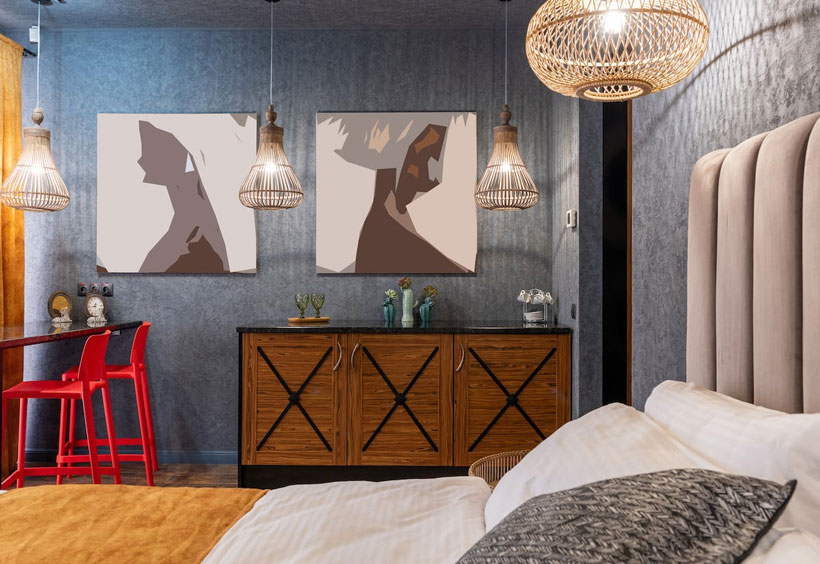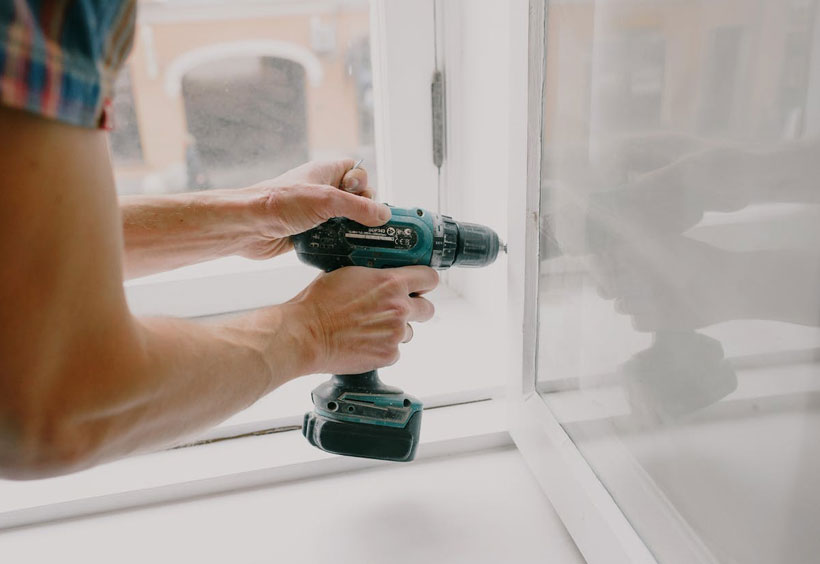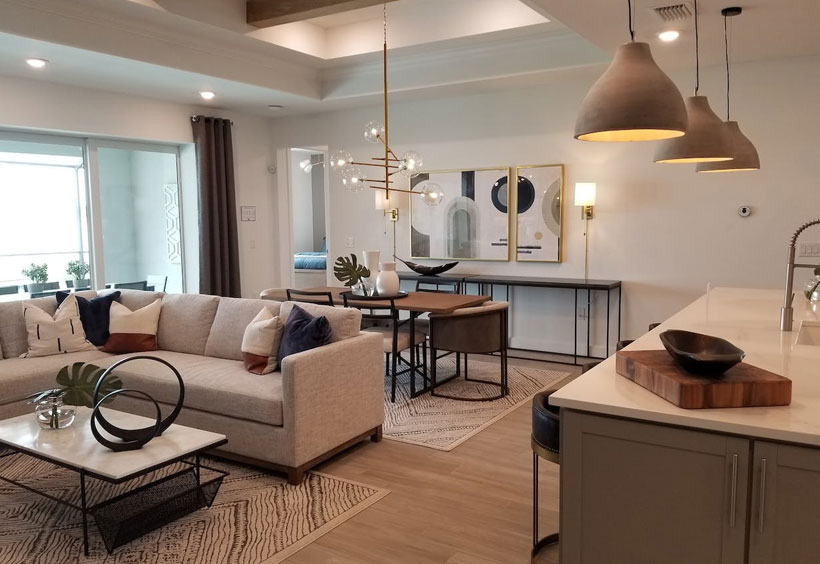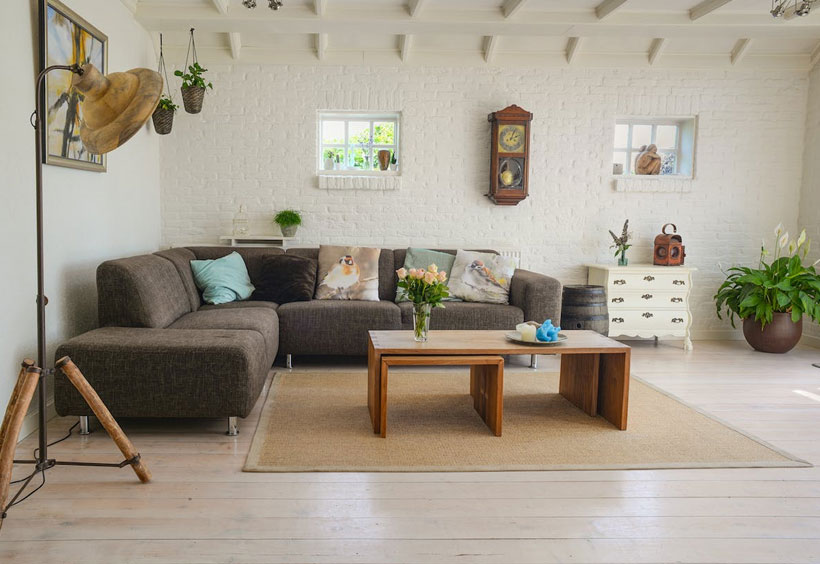How to Start a Home Decorating Business
Sparkpush Editorial Team
Updated January 12, 2024
Edited by: Mike Shelby

Imagine turning your flair for interiors into a profitable business. If you’re considering how to start a home decorating business, you’re considering a path that blends creativity with entrepreneurship. Home decorating is not just about choosing colors and fabrics; it’s about transforming spaces into reflections of personality and style. This guide will lead you through the key steps to establish and grow your home decorating business, turning your vision and artistic talents into a rewarding career.
Step 1: Understanding the Home Decorating Market
The Art of Home Decorating
Home decorating is a transformative art, blending aesthetics with practical living. It’s about creating spaces that are not only beautiful but also functional and reflective of the homeowner’s personality.
Market Insights
- Clientele Diversity: Understand the variety of clients, from homeowners seeking a fresh look to real estate agents needing staging for properties.
- Design Trends and Styles: Stay updated with popular trends and timeless designs, balancing modern preferences with classic elegance.
- Service Range: Consider offering diverse services, from one-room makeovers to whole-house redesigns, and even virtual decorating consultations.
- Pricing Strategies: Develop pricing that reflects the value you bring, taking into account project complexity and market rates.
- Supplier Networks: Build relationships with suppliers for furnishings, fabrics, and accessories. This network can be crucial for getting the best prices and exclusive items.
Step 2: Crafting Your Business Plan
Defining Your Niche
Identify what sets you apart in the home decorating market. This could be your unique design style, specialized services like eco-friendly or budget-friendly designs, or expertise in specific spaces like kitchens or home offices.
Legal and Financial Foundations
Choosing the right business structure (sole proprietorship, LLC, etc.) is paramount for legal protection and tax purposes. Register your business name and obtain any necessary licenses or permits. Also, consider liability insurance, especially important if you’ll be working on-site at clients’ homes.
Building a Comprehensive Business Plan
Your business plan should detail your services, target market, marketing strategy, financial projections, and long-term business goals. This plan is not only your blueprint for success but also a vital tool if you’re seeking loans or investors.
Step 3: Marketing and Branding Your Home Decorating Services
Establishing a Memorable Brand
Your brand should reflect your style and the unique value you bring to home decorating. This includes everything from your business name and logo to your portfolio and online presence.
Effective Marketing Strategies
Utilize digital marketing, including a strong social media presence and a SEO-optimized website. Showcasing before-and-after photos, sharing client testimonials, and writing blog posts about design tips can engage potential clients. Networking with local real estate agents, home builders, and architects can also be a great source of referrals.
Step 4: Client Engagement and Satisfaction
Creating Lasting Impressions
Client relationships are the cornerstone of a successful home decorating business. Go beyond just meeting their expectations; strive to understand and bring their vision to life while adding your unique creative touch.
Feedback and Continuous Improvement
Encourage and welcome feedback. Be adaptable and willing to adjust designs based on client preferences. Showcasing your ability to modify plans and address concerns can turn a one-time client into a lifelong advocate for your business.
Step 5: Expanding Your Business Reach
Exploring New Markets
As you establish your business, consider expanding into new markets. This could include branching into commercial spaces, offering holiday or event-specific decorating services, or specializing in home staging for real estate.
Collaborations and Networking
Foster relationships with other businesses in the home improvement and real estate industries. Collaborating with furniture stores, artists, and craftsmen can provide access to unique decor items and expand your service offerings.
Step 6: Emphasizing Sustainable and Inclusive Designs
Eco-Friendly Focus
Incorporate sustainable practices in your designs. This could involve using eco-friendly materials, promoting energy-efficient designs, and recycling or upcycling furniture. Educating clients on the benefits of sustainable design can position you as a knowledgeable and responsible decorator.
Inclusive Design Approach
Ensure your designs are inclusive and accessible. Understand the principles of universal design to create spaces that are usable and comfortable for a wide range of clients, including those with disabilities or aging in place.
Step 7: Keeping Up with Education and Certification
Continuous Learning
The interior design field is ever-evolving. Stay informed about the latest trends, techniques, and materials through continuous education. Attend workshops, webinars, and trade shows to enhance your skills and knowledge.
Pursuing Professional Certification
While not always required, obtaining certification in interior decorating or design can lend credibility to your business. Consider programs accredited by organizations like the American Society of Interior Designers (ASID) or the National Council for Interior Design Qualification (NCIDQ).
The Bottom Line
Starting a home decorating business is an inspiring blend of creativity, strategy, and client service. By understanding the market, developing a solid business plan, and building strong client relationships, you can turn your passion for decorating into a successful and fulfilling business. Embrace this creative journey, and let your designs tell stories that resonate and inspire. Your vision and dedication can transform ordinary spaces into extraordinary homes.









